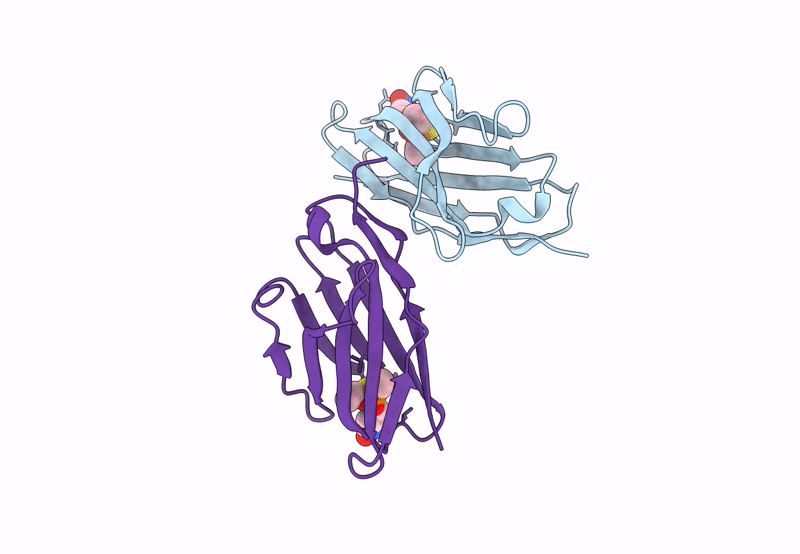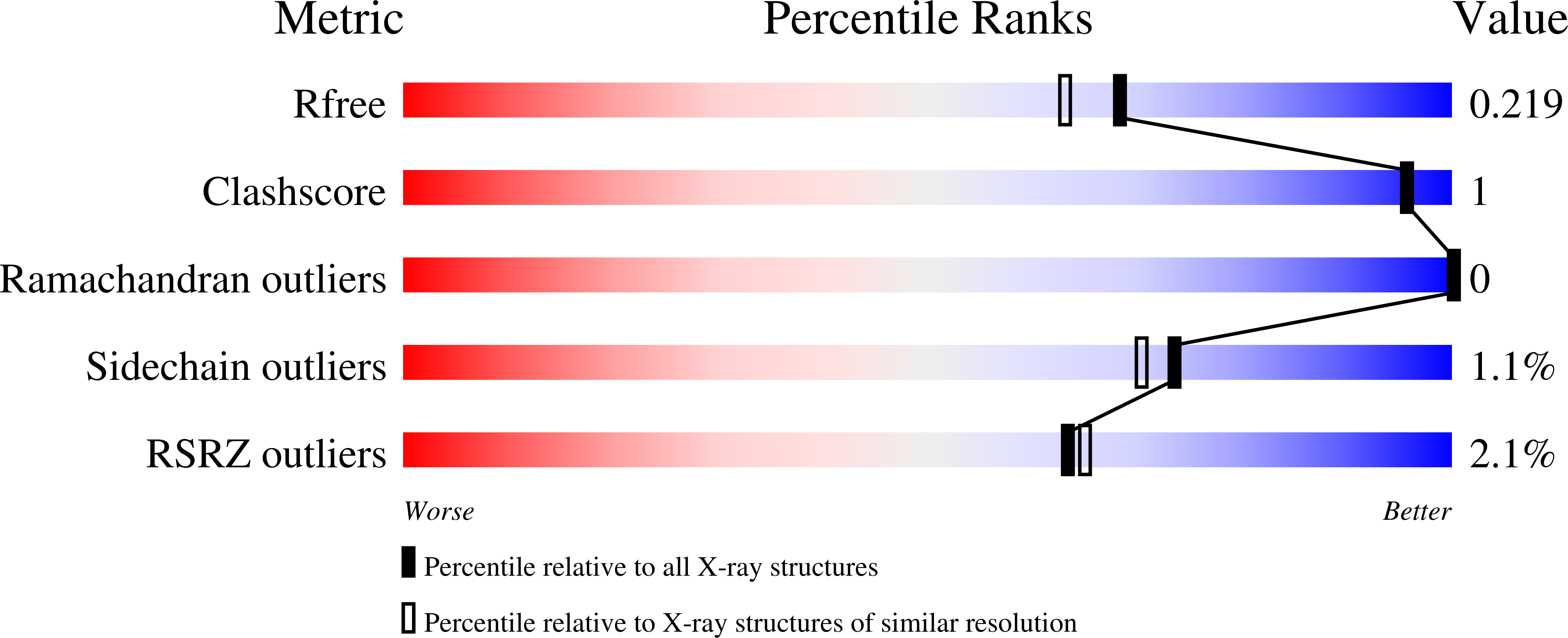
Deposition Date
2022-10-20
Release Date
2023-10-25
Last Version Date
2025-04-02
Method Details:
Experimental Method:
Resolution:
1.87 Å
R-Value Free:
0.21
R-Value Work:
0.18
R-Value Observed:
0.18
Space Group:
C 2 2 21


